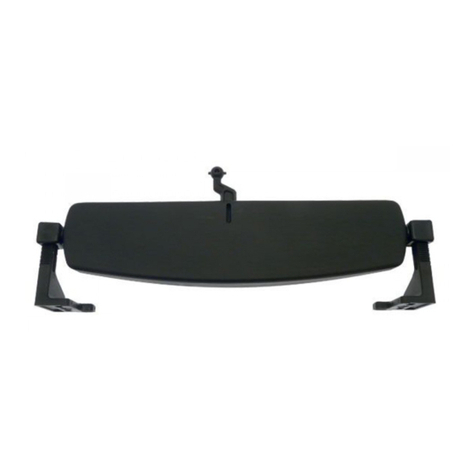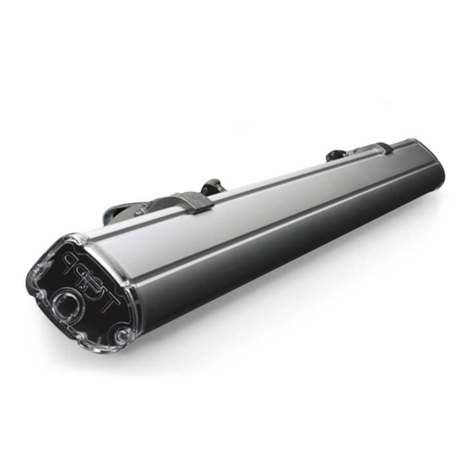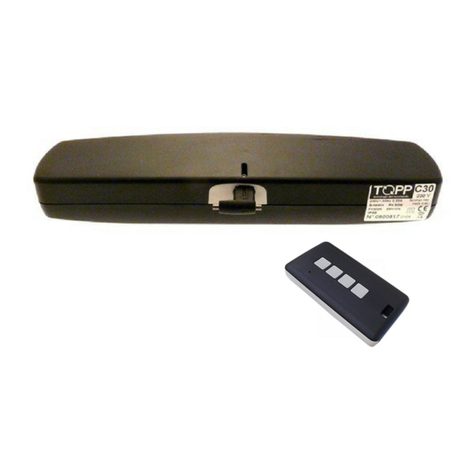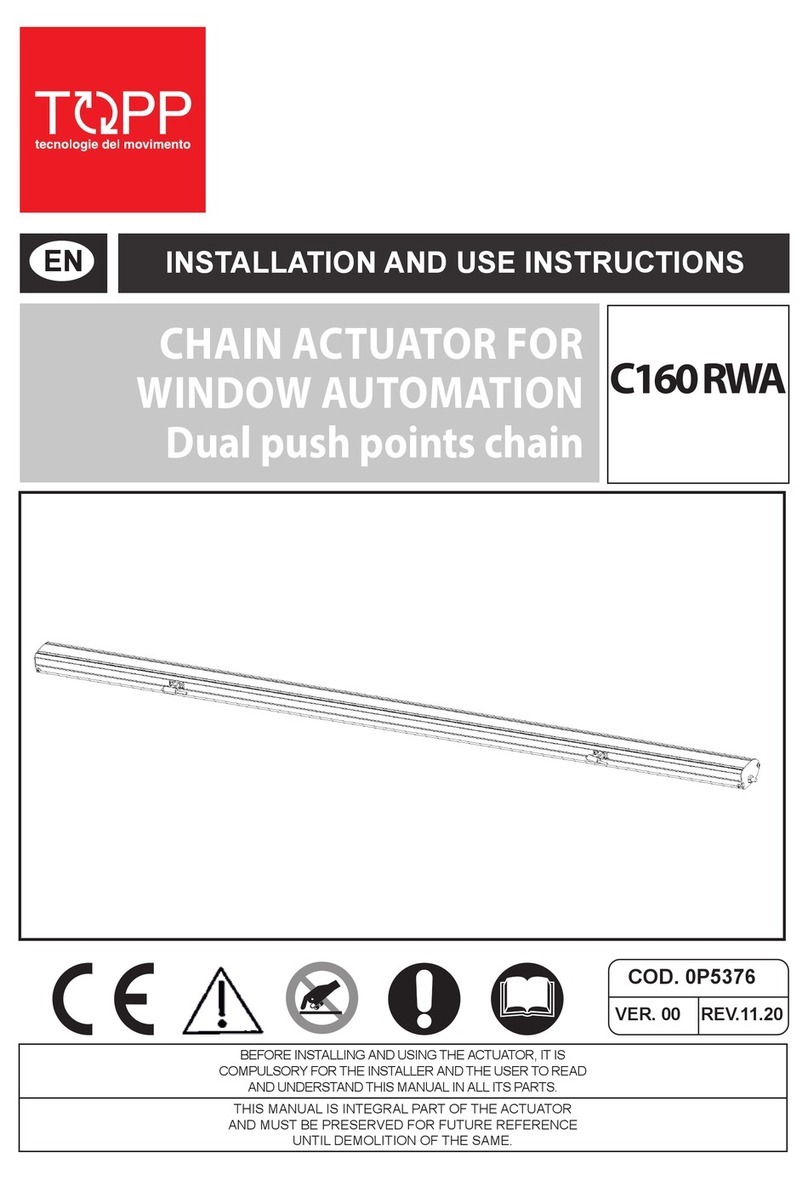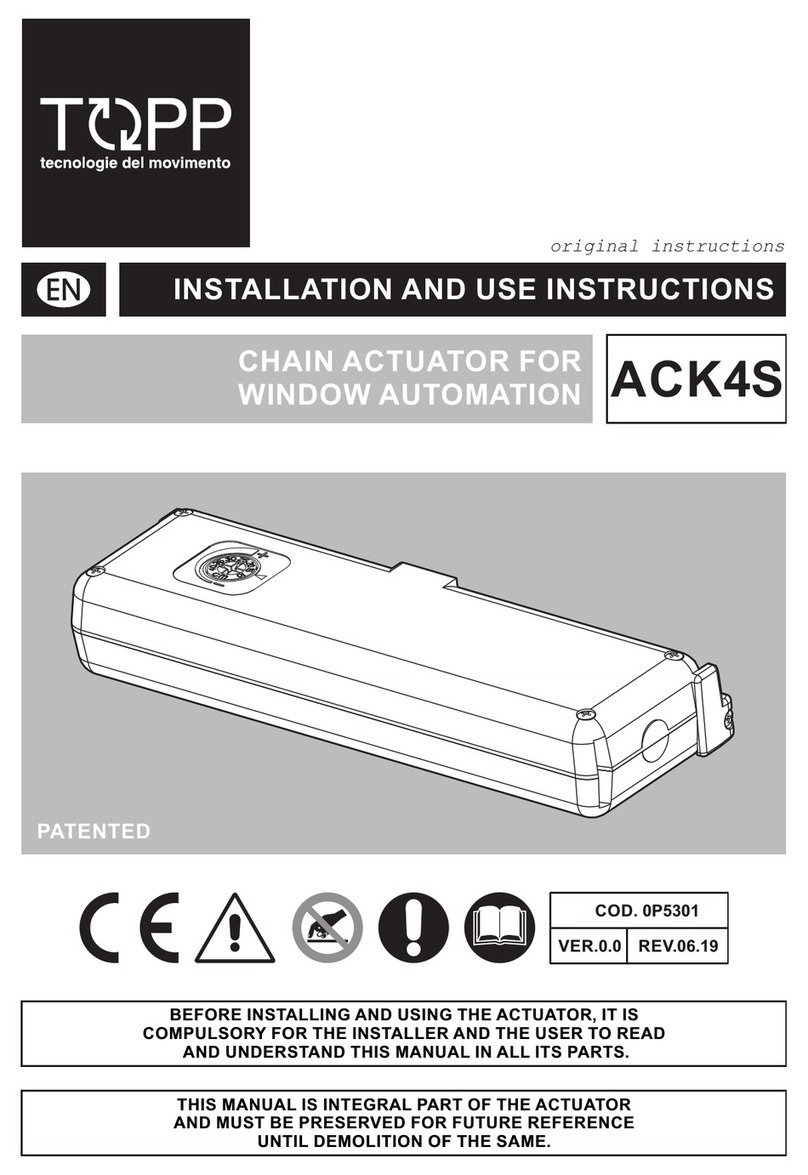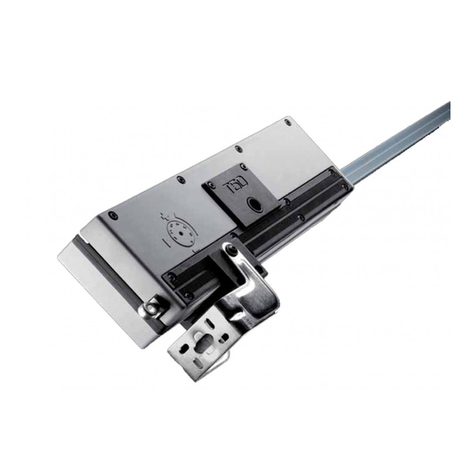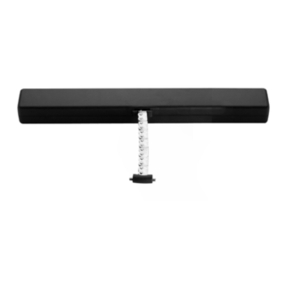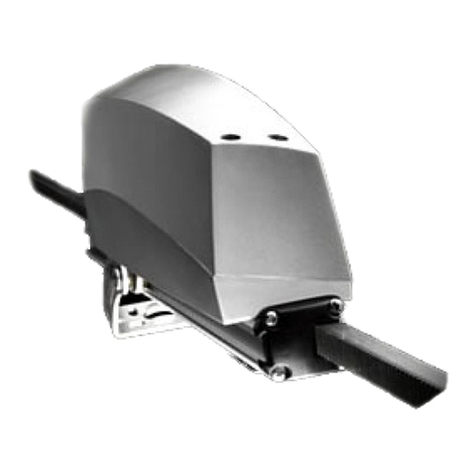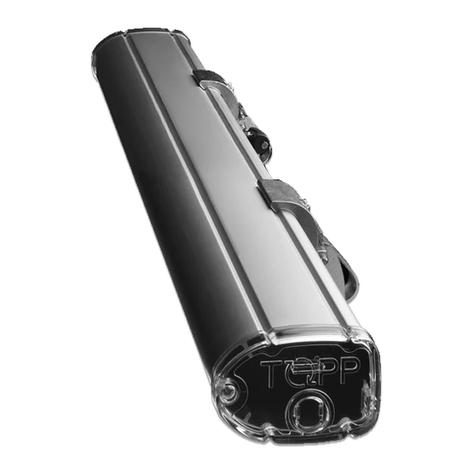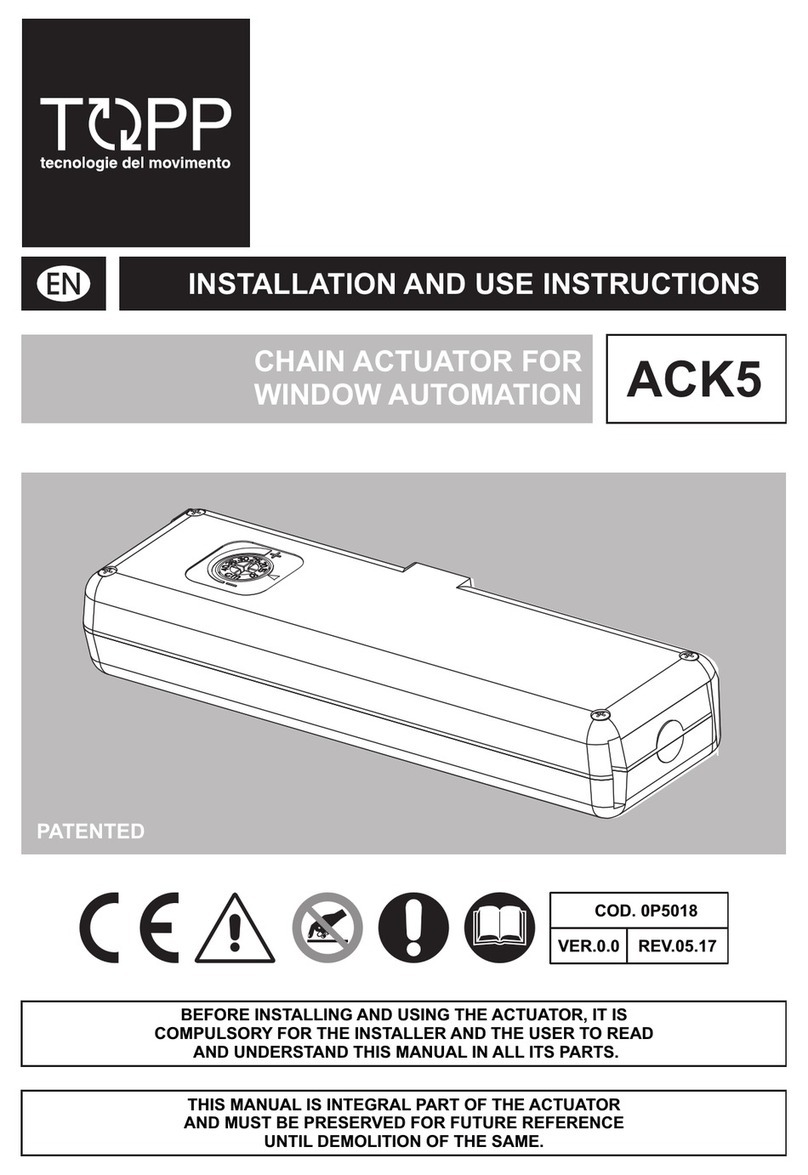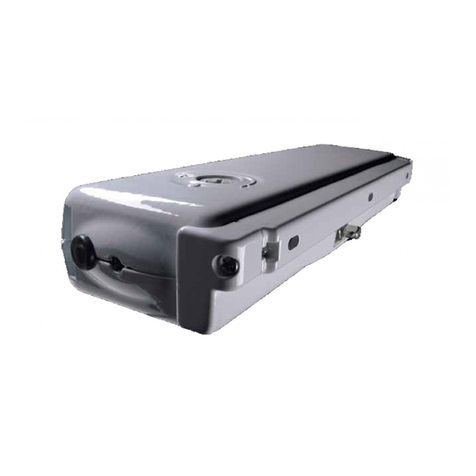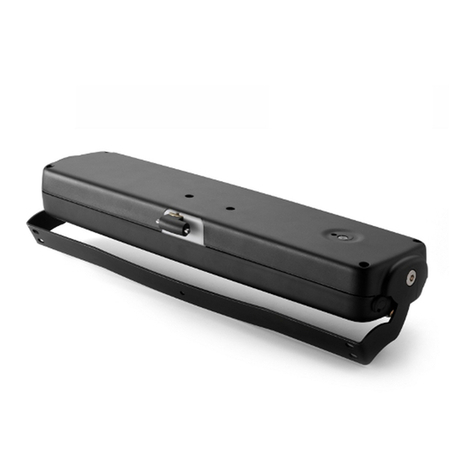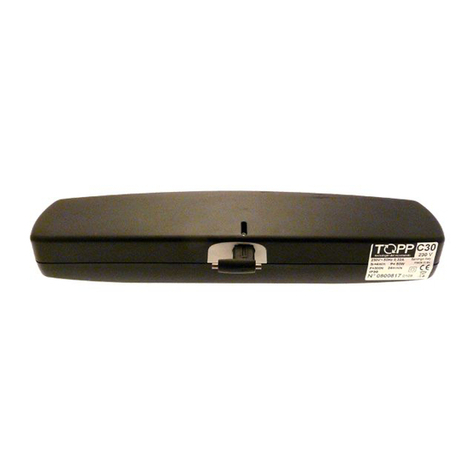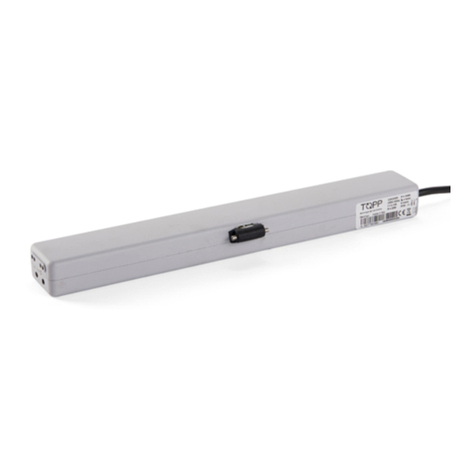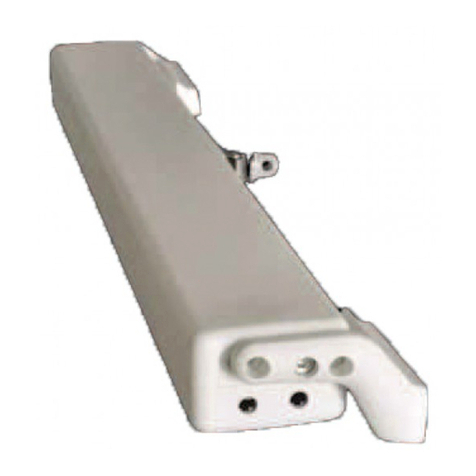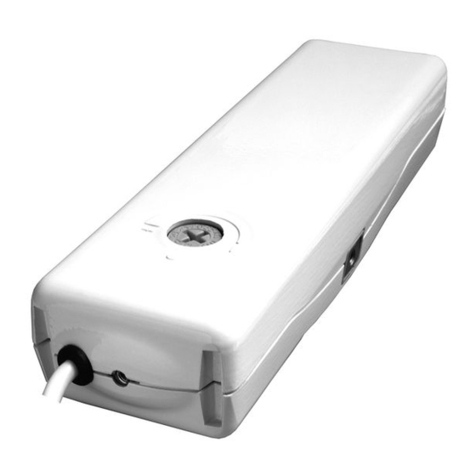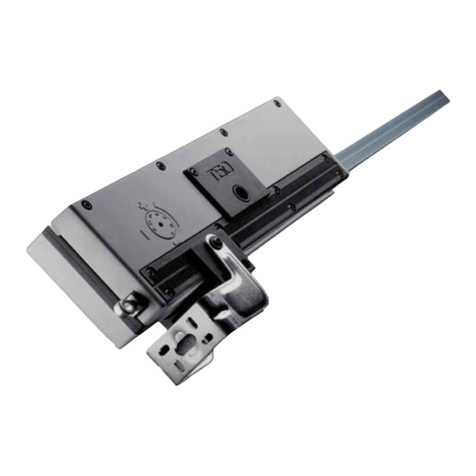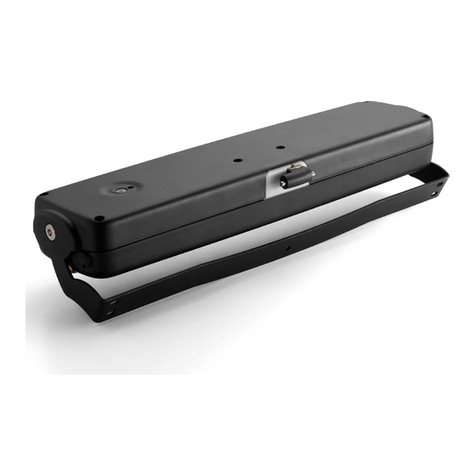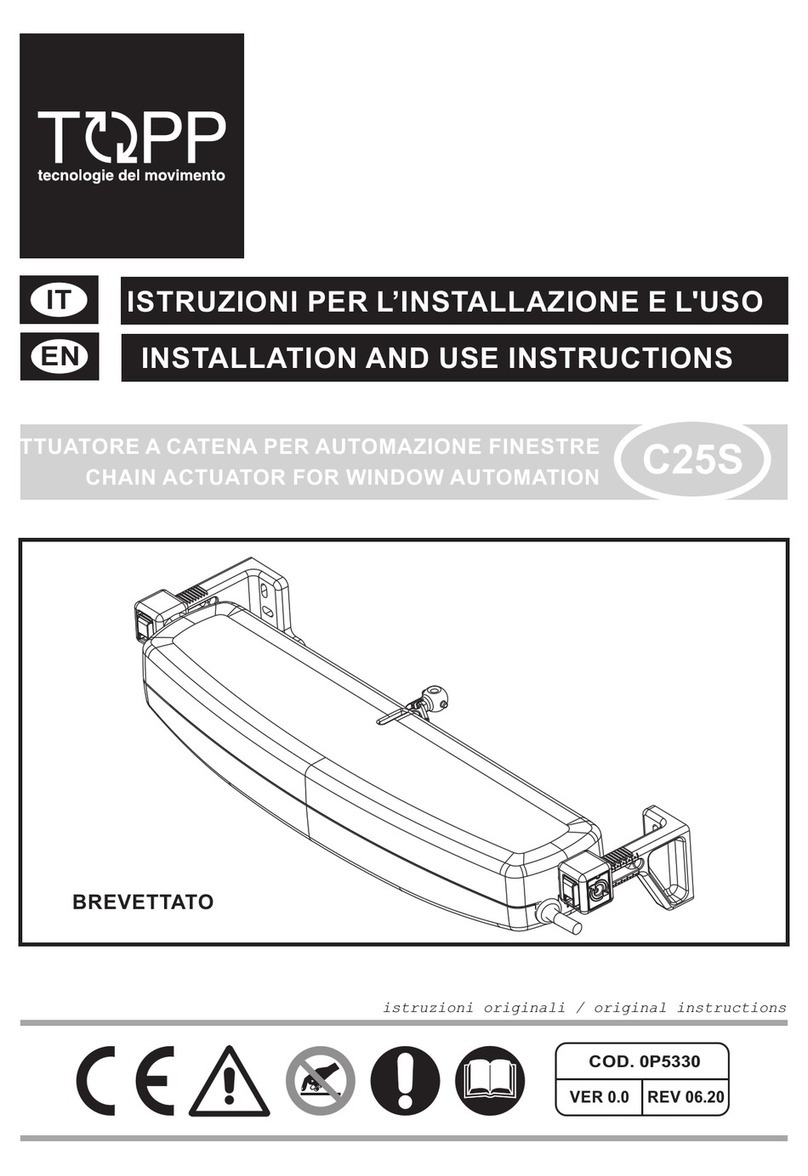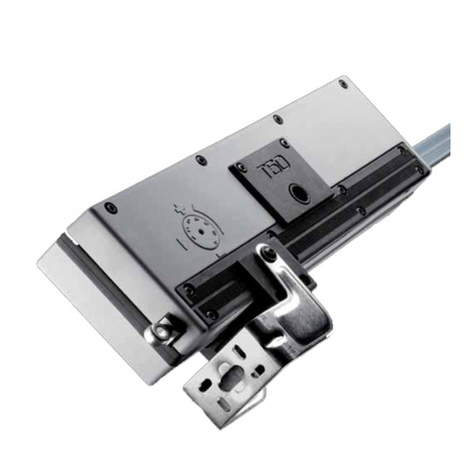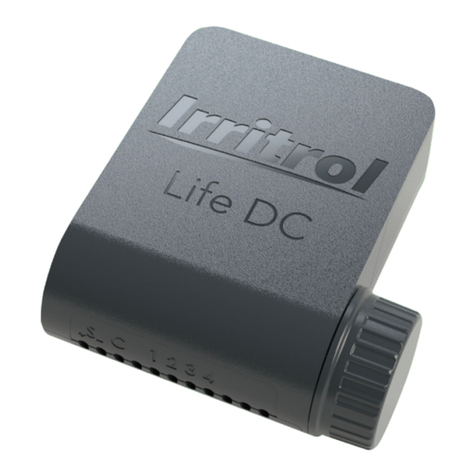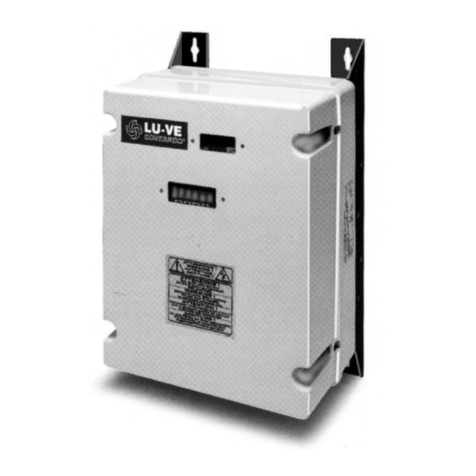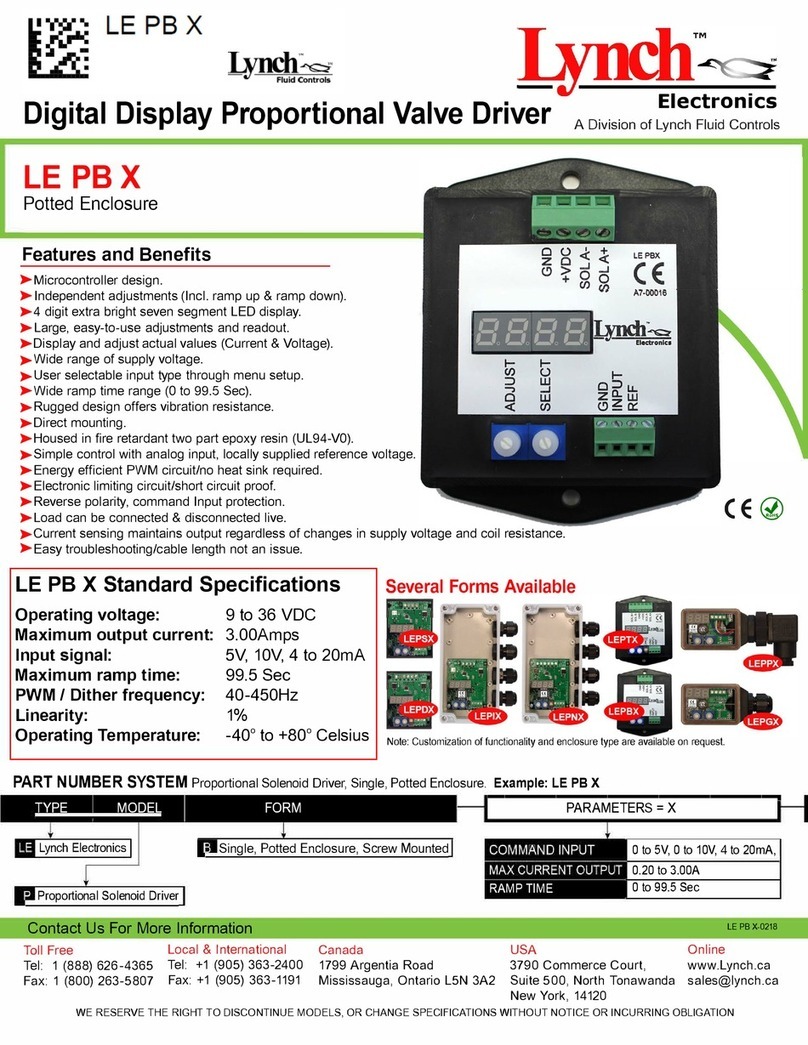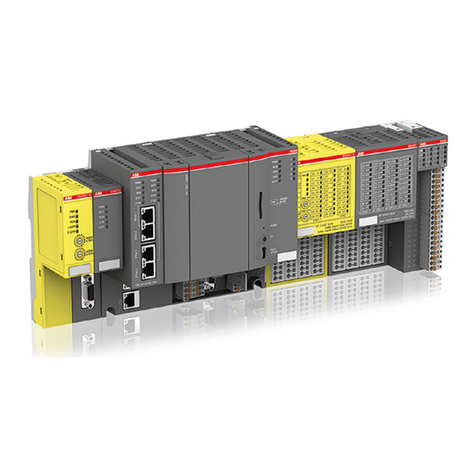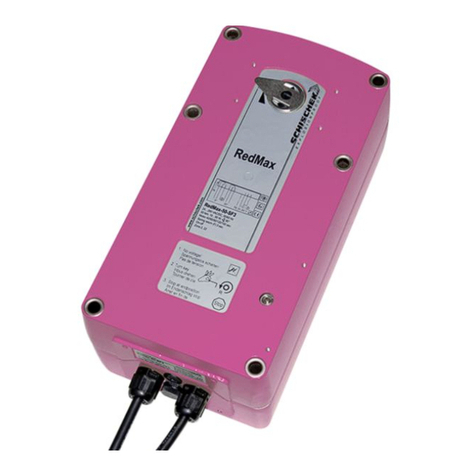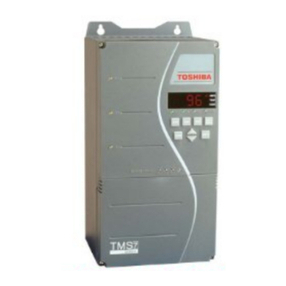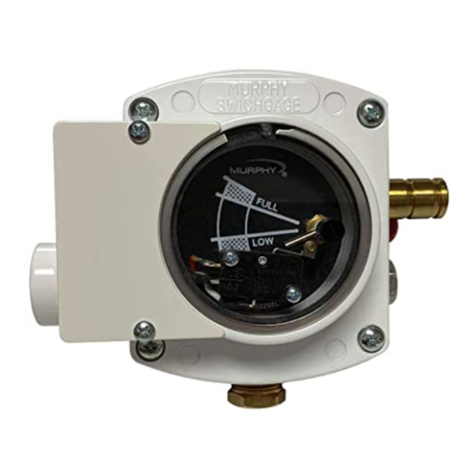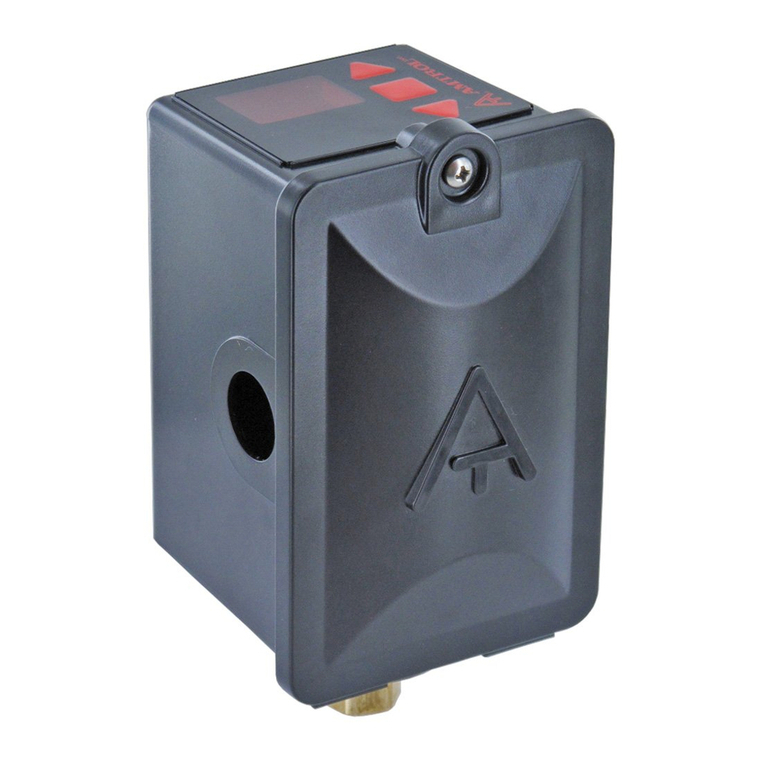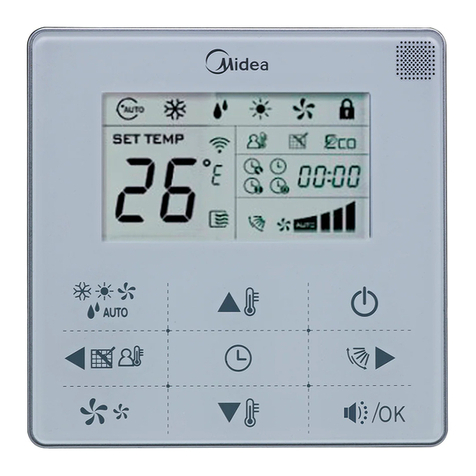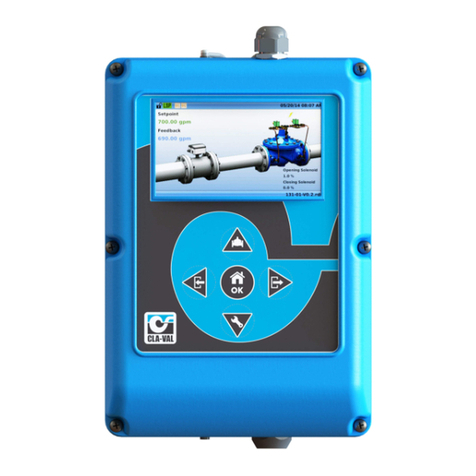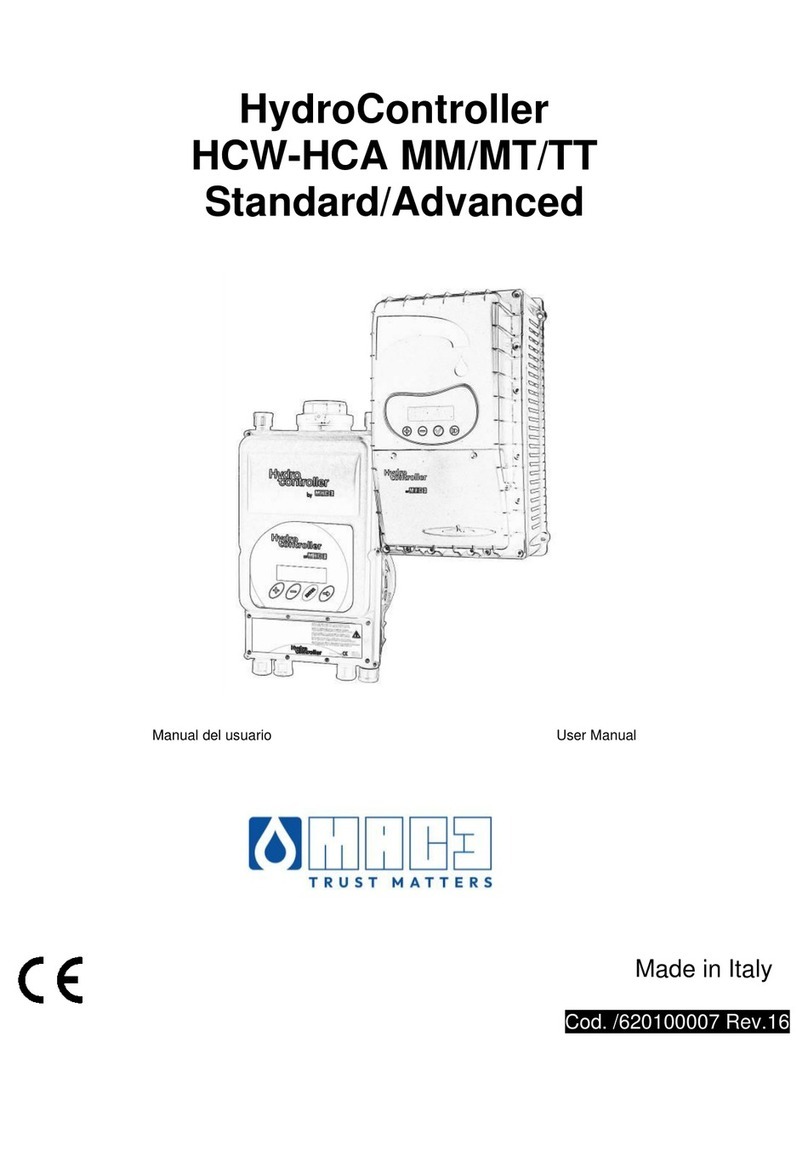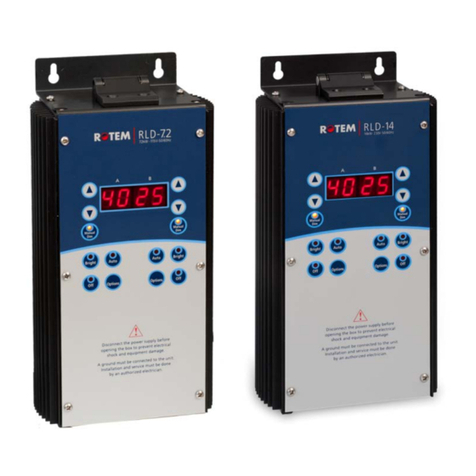
C260 GENERAL REMARKS AND SAFETY -2
INSTALLATION AND USE INSTRUCTIONS 5
GENERAL INSTRUCTIONS
• Before installing and using the actuator, it is compulsory that the installer and the user carefully read and understand this manual in
all its parts.
• This manual is integral part of the actuator and must compulsorily be preserved for future reference.
• The manufacturer has no liability for any eventual damage to persons, animals and things due to the inobservance of the prescrip-
tions described in this manual.
• In order for the automation unit to operate correctly, we recommend carrying out periodical maintenance on it, as indicated in this
manual.
• The warranty on the actuator will not be honored if product is not installed and used according to the instructions provided and the
regulations shown in this instruction manual and if it is used with non genuine parts, accessories, spare parts and/or control/feeding
units.
INSTALLER AND USER
• The actuator installation can be performed exclusively by competent and qualifi ed technical personnel satisfying the professional
and technical requirements foreseen by the laws in force in the country of installation.
• The installation technician shall accept full responsibility for any installation errors and for any failure to adhere to the instructions
provided in this manual. The installation technician shall therefore be exclusively liable for any damages caused to users and/or third
parties that may arise as a result of incorrect installation.
• The actuator can be used exclusively by a user acting in compliance with the instructions contained in this manual and/or in the
manual of the actuator control device (e.g.: control unit).
TECHNICAL ASSISTANCE
• Contact the installation technician or retailer for assistance.
RESERVED RIGHTS
• The reserved rights on this manual “Installation and use instructions” remain property of the Manufacturer.
• Each information herein contained (text, drawings, diagrams, etc.) is reserved.
• None part of this manual can be reproduced and disclosed (totally or partially) by any reproduction means (photocopies, microfi lms
or other) without written authorization of the Manufacturer.
DESCRIPTION OF PERSONNEL
USERS MUST NEVER PERFORM OPERATIONS RESERVED FOR MAINTENANCE PEOPLE OR SPECIALISED TECHNI-
CIANS. THE MANUFACTURER DECLINES ALL LIABILITY FOR DAMAGE DERIVING FROM FAILURE TO OBSERVE THE
ABOVE REQUIREMENTS.
Specialised electrician:
A specialised electrician must be able to install the actuator, start it and operate it both in normal conditions and in the maintenance mode;
he/she is qualifi ed to perform all electrical and mechanical adjustment and maintenance operations. He/she is allowed to work on live
electrical cabinets and junction boxes.
User:
specialised person capable of operating the actuator under normal conditions by using the relative controls. He/she must also be able to
operate with the actuator under “maintenance” in order to perform simple routine maintenance operations (cleaning), and start or reset
the actuator following an unscheduled stop
SAFETY GENERAL INSTRUCTIONS
• Operators must be informed of accident risks, safety devices and the general accident prevention regulations established by in-
ternational directives and by the law in force in the country of use. All operators must strictly comply with the accident prevention
regulations in force in the country of use.
• Do not remove or alter the plates placed on the actuator by the manufacturer.
• If the window frame is accessible from or installed at a height of less than 2.5 m from the ground, and if it can be commanded by
an untrained user or with a remote control device, fi t an emergency stop system which automatically cuts in to prevent the risk of
crushing or dragging parts of the body inserted between the moving and fi xed parts of the window frame.
• Do not operate dome windows in the presence of a load of snow in excess of the quantity declared acceptable by the window man-
ufacturer.
• Any tampering with or unauthorized replacement of one or more parts or components of the actuator, or the use of unoriginal acces-
sories and consumables, may increase the risk of accident and thus relieves the manufacturer of all civil and penal liability.
• The maintenance operations involving the total or partial dismounting of the actuator may only be performed after disconnecting it
from the power supply.
• This appliance may not be used by persons (children included) with reduced physical, sensorial or mental capacities, or inexpert
people, unless they are supervised and taught how to use it by a person responsible for their safety.
• Children must be controlled to make sure they do not play with the appliance.
• During handling and installation of the parts, the personnel shall be equipped with suitable personal protection equipment (PPE) so
as to perform the works required under safe conditions.
SAFETY DEVICES - PROTECTION AGAINST ELECTRIC HAZARD
• The actuator is protected against electric hazard due to direct and indirect contacts.
• The protection measures against direct contacts aim at protecting people against hazards due to contact with active parts, usually
live parts; while the protection measures against indirect contacts aim at protecting people against hazards due to conducing part,
which are usually insulated, but could become live in case of failure (insulation failure).
The adopted protection measures are the following:
1) Insulation of live parts by means of a plastic material body;
2) Enclosure with suitable protection degree;
3)C260 equipped with double insulation: Protection of passive type given by the use of components with double insulation, also called
components of class II or with equivalent insulation. (It is forbidden to connect the actuators equipped with double insulation to the earth
plant.




















